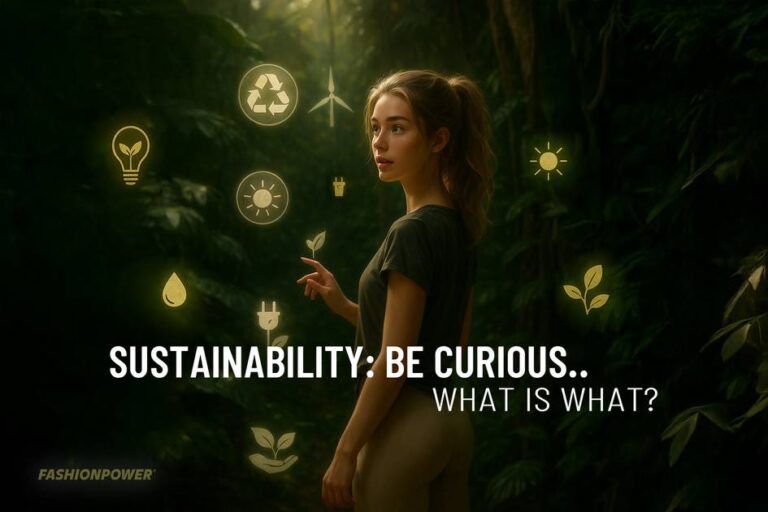Radar pressed us again with the nose on the facts, we often tell something other than what we do. Six articles submitted to H&M and Primark, which then make a trip of 85,000 km to end up in piles in Africa, where 40% are entrusted to the sea in a bay. Fortunately, C&A and Zara deal a little better with the goods entrusted to them that are sold in the neighborhood through the cycle.
Greenwashing It remains a recurring phenomenon, Trump makes furore with “Sanewashing”; He makes everything much smaller than it is. That gives the same result, but it is all further and further from reality. It is also very good to understand if web shops such as Shein and Temu conquer the market without adhering to rules at all, it will be a loud laughter for all those companies that do want to take steps in the right direction. If the price is too low, someone is not paid or not sufficiently paid, of course volume always plays a role, numbers of prices fall.
Many companies are working on certifications and there is plenty to achieve, you can no longer see the forest for the trees. The EU should have taken a lot earlier steps there, they have an “ecolabel” which is already being used for a number of articles, for clothing it is still fairly unknown even the certifying authority is bothered by it. If the EU simply says in a “directive” these are the conditions and with that you can sell sustainably in the EC it would have been resolved, it goes in that direction. Then in many cases Greenwashing was a much smaller problem.
Handing in and recycling is something that the local government plays an important role, but it starts with the consumer, who must take a step and be convinced that his old clothing has value. That is the disadvantage of a broadcast like Radar, many people think “you see it makes no sense to hand in anything at all, it only costs, it doesn’t matter.” If the local government creates the conditions; A good place to catch everything and then sends to an organization that really recycles then it will run. That is far too diversified now and that is also because you can’t do anything with many materials, yes unfortunately cotton, viscose and wool and especially the combinations of everything you can’t do anything with it. The only useful material is polyester in the right quality, you can do that one on a yarn on yarn.
Circular thinking requires guts, structure and cooperation
Being curious starts with looking at what is possible, which materials are really circular? Unfortunately in many cases not the things that are now in your range! You have to dare to change, and that is also possible with a good story; To clean up all mountains of superfluous clothing and prevent further abuses, you must have circular solutions. It is the only real solution that fits in perfectly with what Europe wants and what also fits in with our sustainable thinking. If you see all that dumped clothing in that bay terrible and according to the Africans it becomes more and more, then you can only be ashamed of yourself deeply.
Something really has to change structurally, with the consumer, with the retailer, at the collector and the (real) processor. That line must be and stimulated positively, all noses in the same direction and choosing at least something that can be recycled, not in five or ten years but now today. That does not have to be everything right away, let’s now strive for 25 and 50%next year. Without conviction, guts and courage, that will certainly not work.
Reg Nelemans
Sources: Radar, the Financieel Dagblad and Nieuwsuur


